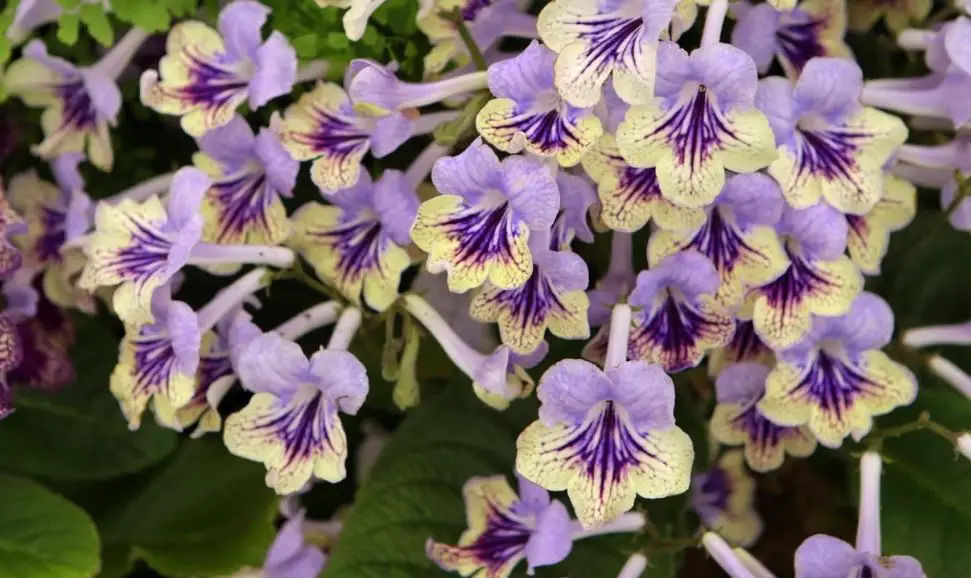Try a pot or two of its hardier relatives, the Streptocarpus or cape primrose, if you like the beauty of African violets but find growing them a little too challenging. Streptocarpus plants are believed to be ideal training for African violets because of their comparable needs, although cape primrose is not as sensitive.
With their purple, pink, and white blossoms, cape primroses have much in common with African violets but also come in vibrant red variations. The broad, wavy leaves have a fuzzy feel and are wrinkled; they are an appealing houseplant. As there is a wealth of information about Streptocarpus, these plants are a wonderful option for new gardeners.

Streptocarpus Indoor Care
Learning how to look after It is important to fit the plant to the environment while growing Streptocarpus. When it comes to locating a cozy place to live, cape primrose and people have a lot of similarities. They like a temperature of around 70 degrees Fahrenheit (21 degrees Celsius) during the day and about 10 degrees colder at night in the surrounding air.
While this plant enjoys sunshine, direct sunlight may damage the leaves. A house with an east or west-facing window is ideal, but if you only have a southern outlook, you may reduce glare by slipping a sheer drape between the plant and the windowpane.
Growth Tips for Streptocarpus Plants
Overwatering your Streptocarpus plant is the simplest way to harm it. Give your Streptocarpus your attention, but be slightly lax with the moisture. Ensure the soil has excellent drainage, and let it dry out between waterings.
Streptocarpus propagation is a straightforward and entertaining pastime. Few young plants may be produced relatively easily, expanding your collection and producing new plants for presents. Using a fresh razor blade, slice the center vein out of a big, healthy leaf to reveal two leaf halves. Standing the pieces upright with the cut side down allows you to plant them in rich potting soil.
Until they begin to sprout, keep the leaf halves wet. In a few weeks, young plants emerge from the cut leaf edges, sometimes numbering up to a dozen per leaf. When the plantlets are mature and healthy, separate them and place each in its container.


